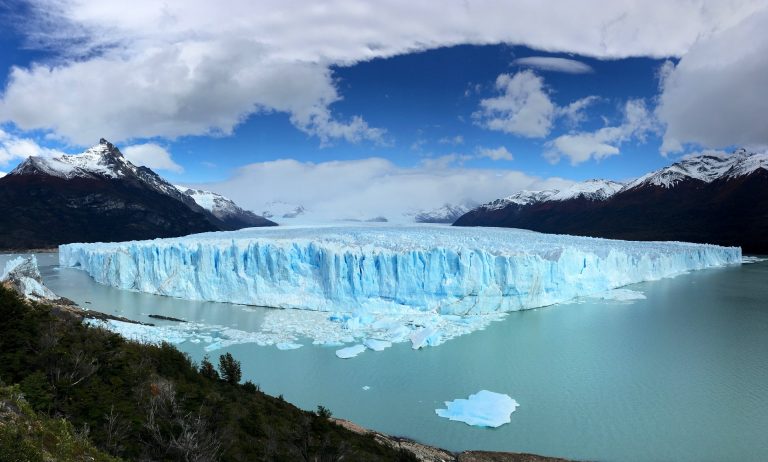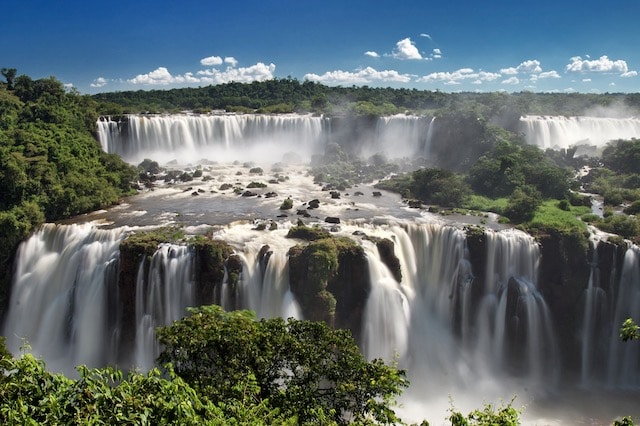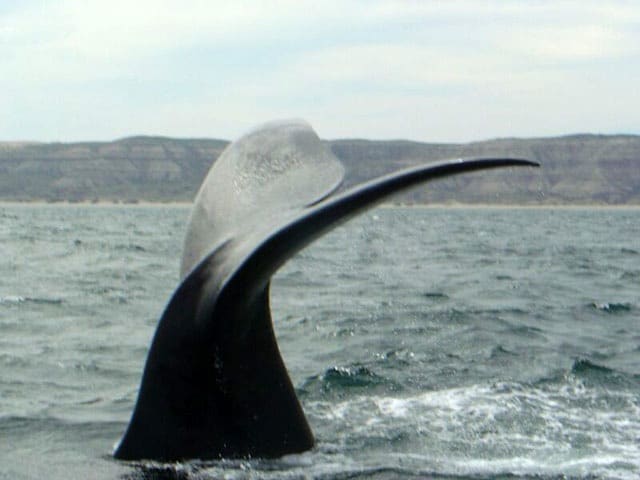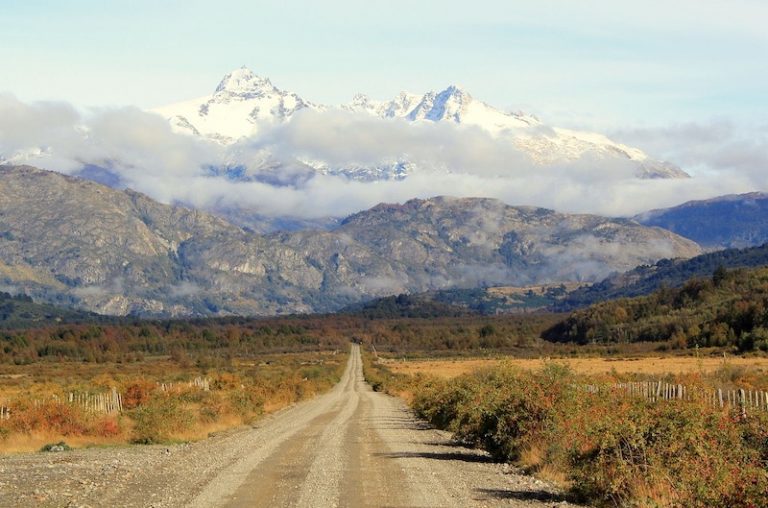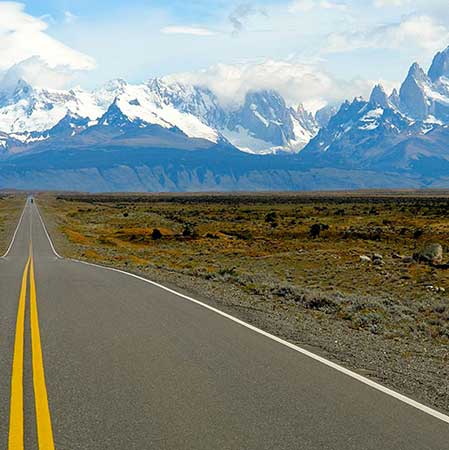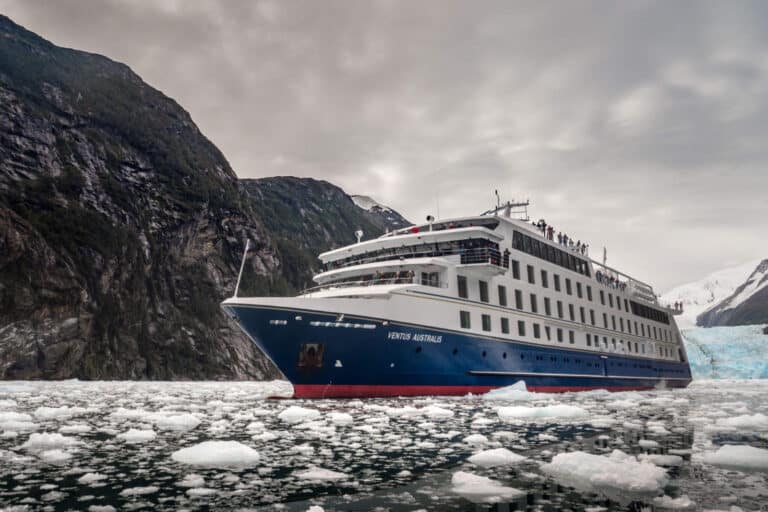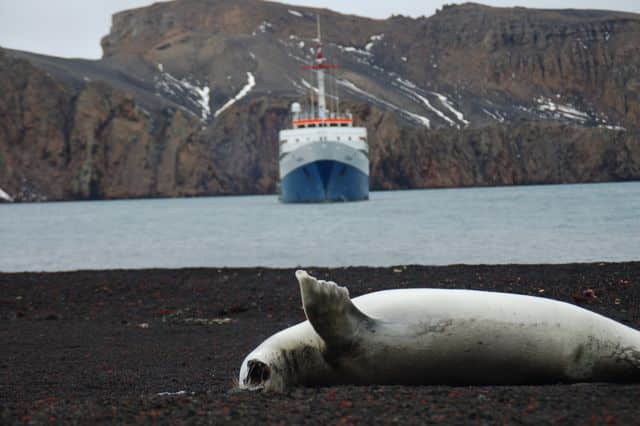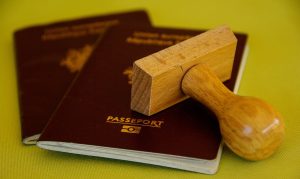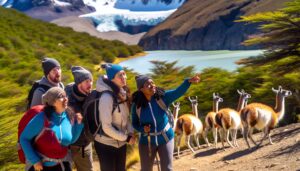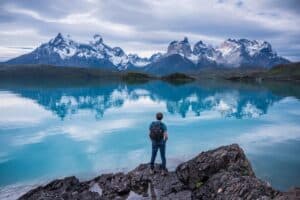f you’re planning a trip to Patagonia in July, you’re in for a real treat. This is and interesting time to visit this stunning region, with clear skies, cold temperatures, and plenty of snow activities to enjoy. In this comprehensive guide, we’ll share everything you need to know to make the most of your trip to Patagonia in July, including where to go, what to do, and what to pack.
Why Visit Patagonia in July?
July is the middle of winter in Patagonia, but it’s also a good time to go down there. The weather is generally mild and dry, with temperatures ranging from -5°C to 10°C. This makes it a great time for outdoor snow activities. But It’s also a quieter time to visit, with fewer crowds and lower prices than during the peak summer season.
What to Do in Patagonia in July
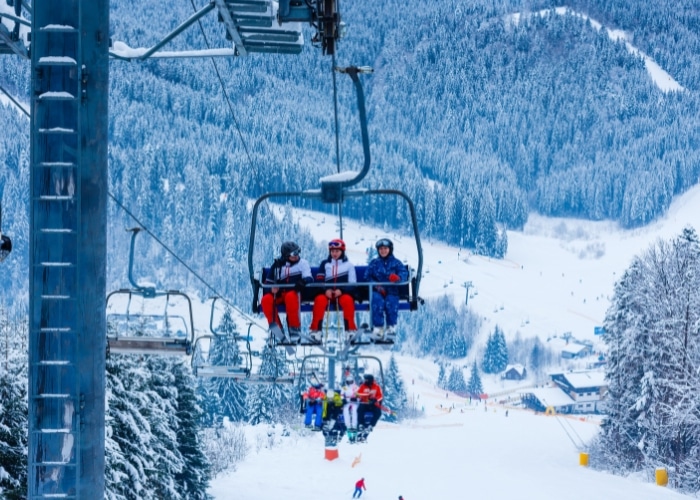
Skiing and Snowboarding: With its snowy mountains, Patagonia is a paradise for winter sports enthusiasts. There are several ski resorts in the region, including Cerro Catedral in Bariloche and Chapelco in San Martin de los Andes or skiing in the southernmost sky resort in Ushuaia.
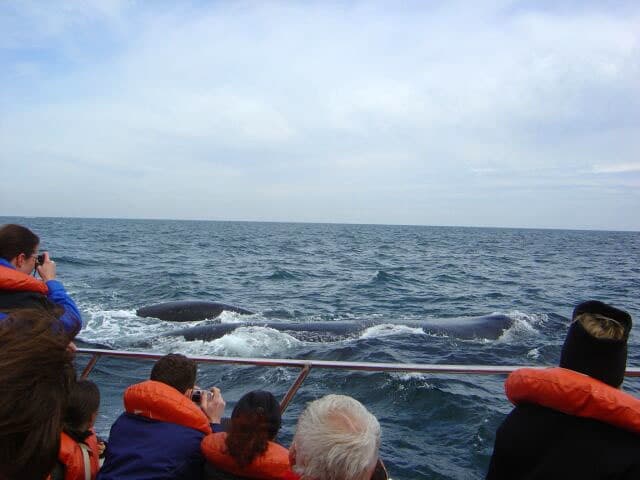
Whales Watching: Whale watching in Peninsula Valdes in June is a once-in-a-lifetime experience that should not be missed. From the incredible marine wildlife to the stunning landscapes, this destination has it all.
Ice Hiking: The glaciers in Patagonia are some of the most stunning in the world. In June, the ice is more stable, making it the perfect time for ice hiking adventures.
The Weather in Patagonia in July
When planning a trip to Patagonia in July, it’s important to know what kind of weather to expect. July is the middle of winter in Patagonia, and temperatures can vary greatly depending on where you are in the region.
In the northern part of Patagonia, such as in Bariloche, temperatures can range from -1°C to 8°C (30°F to 46°F) during the day, and drop to -5°C to -10°C (23°F to 14°F) at night. Further south, in places like El Calafate and Torres del Paine, temperatures are usually around -5°C to 5°C (23°F to 41°F) during the day, and can drop to -10°C to -20°C (14°F to -4°F) at night.
While the weather can be cold, it’s also generally dry and sunny in July, with lower chances of rain or snow than in other months. This can make it an ideal time to hike and explore the natural beauty of Patagonia.
What to Pack for Patagonia in July
Because July is winter in Patagonia, it’s important to pack appropriately for the weather. Here are some items you may want to consider bringing:
- Warm, waterproof boots for hiking
- Warm socks and thermal underwear
- A warm, waterproof jacket
- Gloves, a hat, and a scarf
- Sunglasses and sunscreen for sunny days
It’s also important to note that Patagonia can be quite windy, so it’s a good idea to bring wind-resistant clothing as well.
Tips for Traveling to Patagonia in July
- Plan ahead: Because July is a popular time to visit Patagonia, it’s important to book accommodation and activities well in advance.
- Pack appropriately: Make sure to bring warm, waterproof clothing and gear for hiking and other outdoor activities.
- Don´t rent a car: Renting a car in Patagonia during winter can be dangerous and inconvenient due to the roads being often closed or difficult to navigate. It is important to note that driving on gravel roads or in snowy conditions can be challenging, even for experienced drivers. In such circumstances, it may be better to consider alternative modes of transportation or to postpone the trip until the weather and road conditions improve. However, if you do choose to rent a car, it is highly recommended to opt for a four-wheel drive vehicle, especially if you plan to explore remote areas.
- Going on Organized Tours Going on organized tours is a convenient option if you want to leave the logistics to someone else and focus on enjoying the sights. Many tour operators offer packages that include transportation, accommodation, meals, and activities. The downside is that you have less control over your itinerary and less flexibility to make changes on the go.
My organised trips to Patagonia
In the carousel below you can see already assembled itineraries for inspiration, click on the one you are interested in and ask me for a quote.
Compact trip through the southernmost Argentinean Patagonia: Ushuaia and El Calafate
Enjoy the 3 most relevant ecosystems in Argentina: The End of the World, The Glaciers and the Iguazu Falls.
Trip to Patagonia Argentina in 7 days touring the most beautiful landscapes of Patagonia Argentina (Peninsula Valdés & El Calafate)
The Carretera Austral by rental car is probably one of the most spectacular routes in Patagonia, designed to be travelled with plenty of time in your rental car.
Tour along Route 40 in Patagonia, starting on Route 3 on the Atlantic coast and continuing along Route 40 until reaching the Andes Mountains and El Calafate.
The Australis Cruises are Expedition Cruises that sail through the Strait of Magellan and the Beagle Channel, exploring one of the most beautiful and unspoiled regions of the world such as Patagonia and Tierra del Fuego.
The Antarctic Cruise aboard the MV USHUAIA offers you an incredible introduction to the 'White Continent' at a reasonable price.



